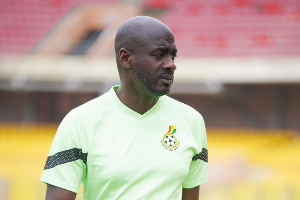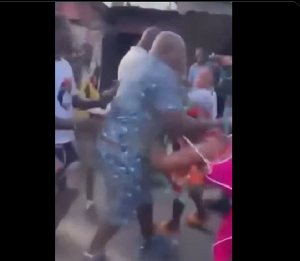....Grand ?Theft? Of State Assets
As at January 5, 1993, 48 hours before the dawn of the Fourth Republic, 60 state-owned enterprises had been sold off, in the previous years. On that same fateful day in January 1993, the Divestiture of State Interests (Implementation) Law, 1992 (PNDCL 326) was passed. Remarkably, the preachers and judge and jury of probity and accountability gave the law retrospective effect from 1st January 1988, making legal all the State assets sold without proper institutional scrutiny and accountability.
Moreover, PNDC Law 326 carried an indemnity clause against legal action on any of the 60 assets sold before Constitutional rule. Article 107 (b) of the 1992 Constitution (effected on January 7, 1993) prohibits Parliament from passing laws that could have a back-dated effect, apart from withdrawal from public funds and the like. It was not until 10th May 2000 that the Supreme Court unanimously held that the indemnity was unconstitutional..
But, the blatant disregard of the rule of law was not to end with the midnight of January 6, 1993 between 1988 and 2000; only 22 out of the 317 state-owned enterprises were yet to be divested. An auditoria glance through reveals an inventory of under-valuation and the consequential ruin of crony capitalism. The results of privatized assets left to run are a painful mockery of the essence of divestiture. A typical example is the sale of the confiscated willow-brook property at Dzorwulu, next to the former meat marketing board (another asset divested and now converted into Bishop Agyin Asare?s World Miracle Church International.
What was remarkable about that big former willowbrook property was that while the DIC was busily evaluating all the proposals before it, President Rawlings effectively bullied the DIC though this rather cautious special assistance, Nana Ato Adazie to give the property to his darling boys at the GPRTU, headed by E.K. Gbedemah.
Gbedemah had managed to convince the president of the Republic and the GPRTU rank and file that the property was perfect for the union?s plan for a special bus service for school children and teachers in the country. But this was never to come to pass. For ten years the property looked like a piece of contemporary art called ?Weedy Ruins,? by the artist.
The property was offered to the GPRTU for $512,820 in August 1994, the GPRTU had paid only $92,950 leaving an unpaid balance of $419,870. What happened next was a marked display of how the NDC would bully institutions and public officials to twist and bend administrative propriety and economic prudence in the national interest for mere crony capitalism. All will be reviewed.
















